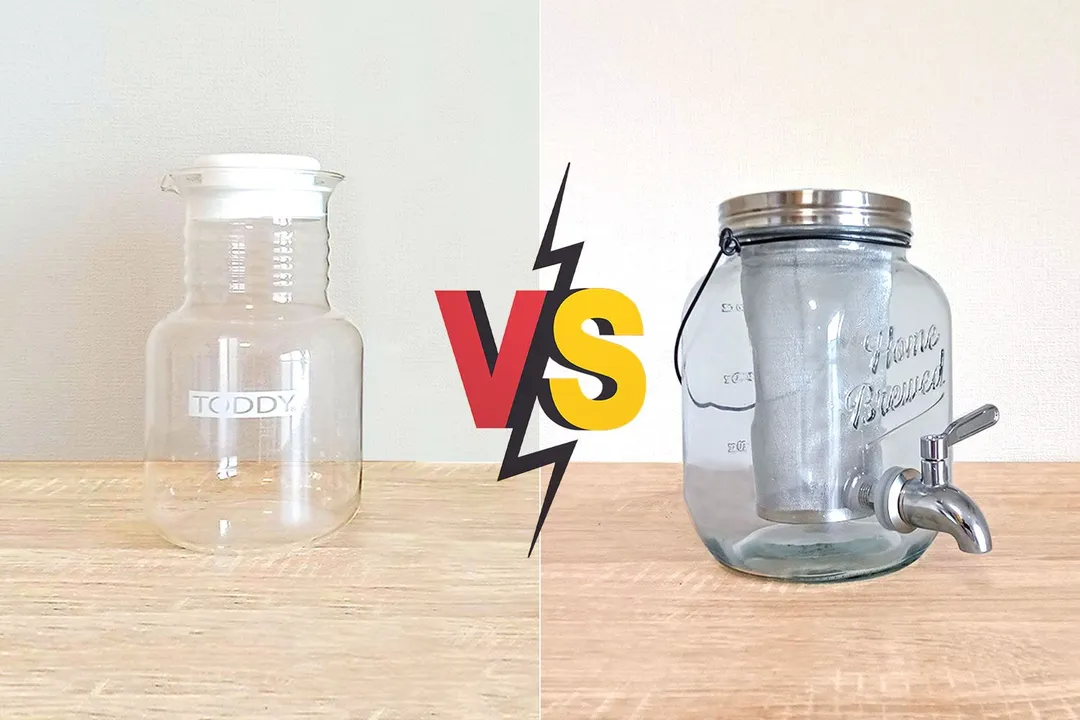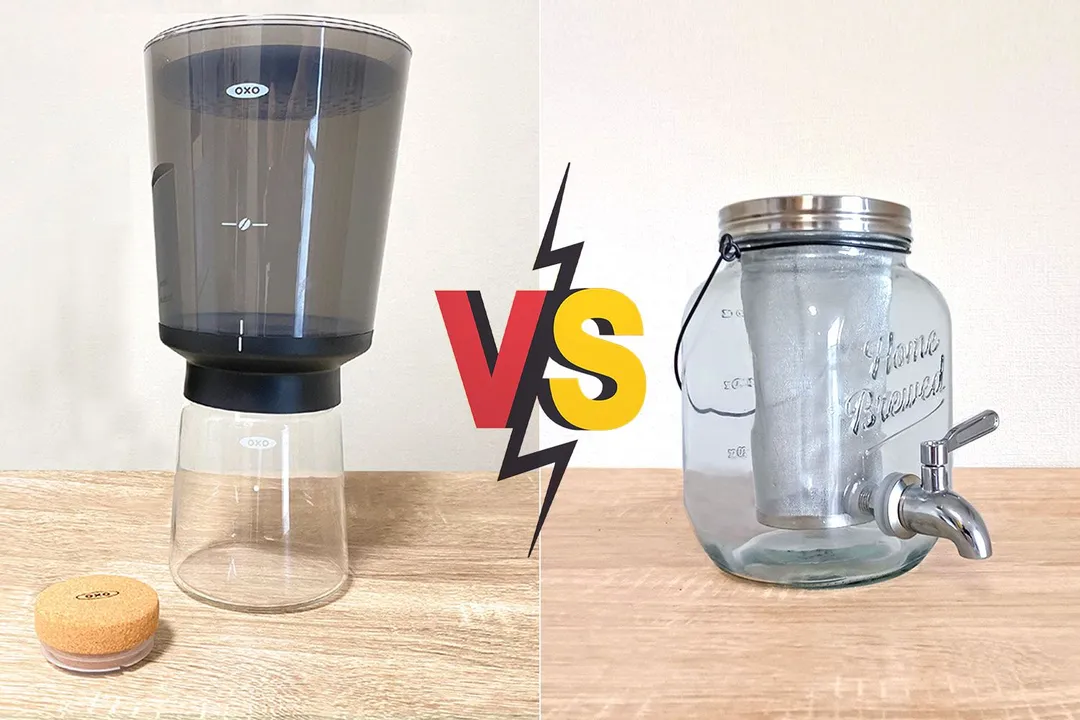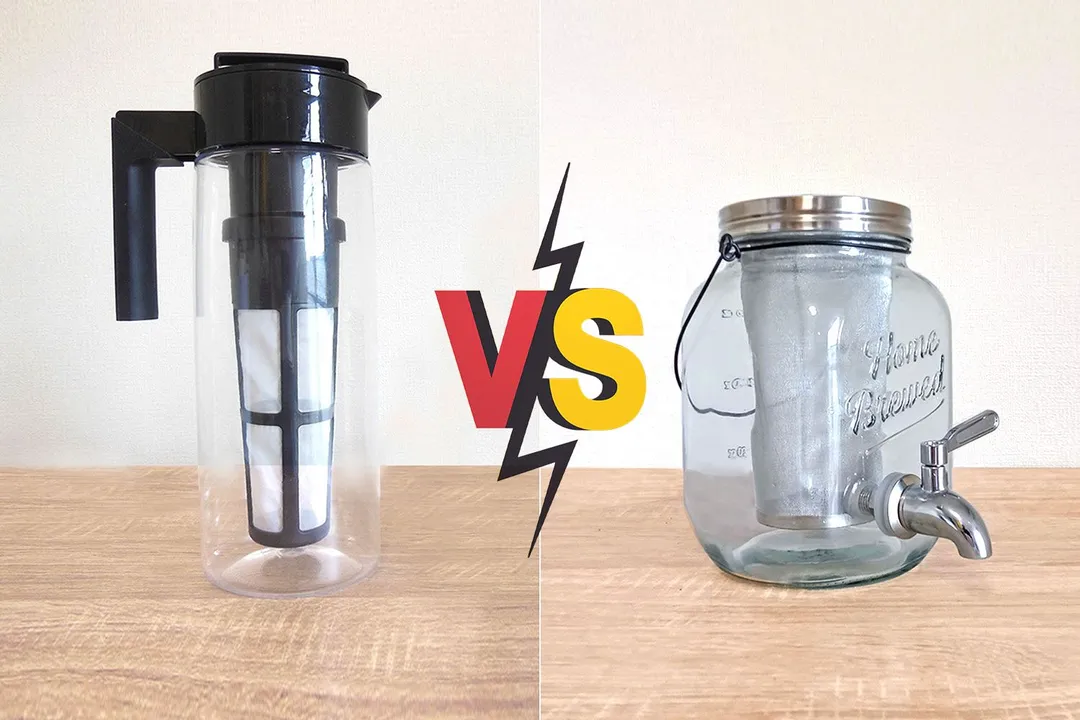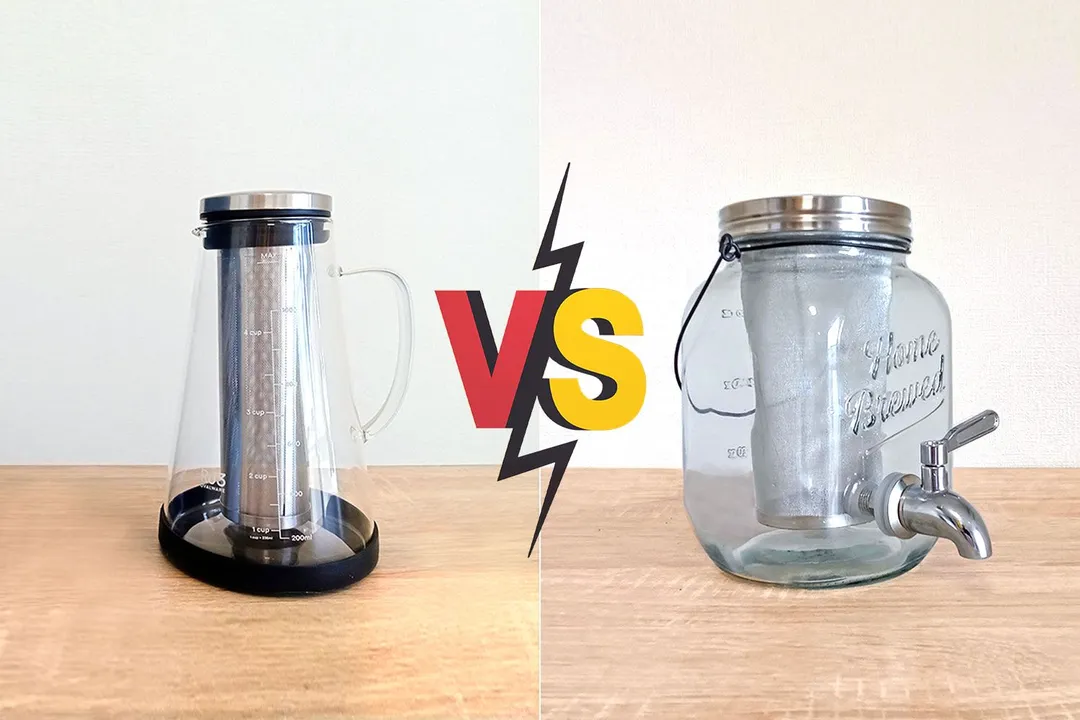Our recommendations are made independently through Research & Testing. We may receive commissions from purchases made via our links.
County Line Kitchen vs Willow & Everett Side-by-Side Comparison
County Line Kitchen vs Willow & Everett mason jar cold brew coffee makers. Two takes on the mason jar concept using the same brew ratio.
County Line Kitchen
Tested Using Methodology v1.0Willow & Everett 1 Gallon
Tested Using Methodology v1.0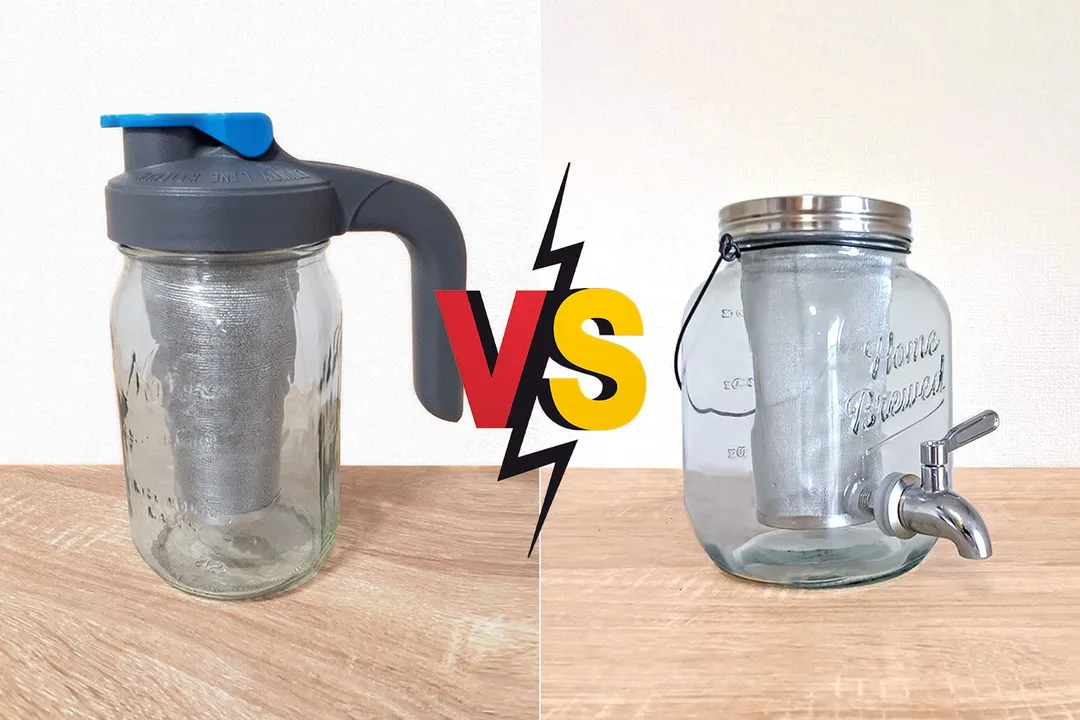
Overall Verdict
If you’re looking for a mason jar cold brew coffee maker, County Line Kitchen and Willow & Everett are the two choices. County Line Kitchen, however, is by far the better design as it is more true to the robust and durable image of the mason jar.
The unique spigot design on the barrel-shaped Willow & Everett is unfortunately prone to break if handled roughly. The lid also has a slightly rough fit. County Line Kitchen, however, has a plastic lid with an excellent gasket and two practical designs that are available with and without a handle. You can also purchase a normal aluminum lid.
Both brewers use a 1:9 brew ratio, but Willow & Everett produces a much stronger brew while County Line Kitchen tends to brew more for sweeter profiles. The largest County Line Kitchen brewer, the 2-quart, is more of a match for the half gallon (2.4 quart) Willow & Everett.
Pros & Cons
- Versatile product
- Minimal packaging
- Packed and shipped in the US
- Robust and durable
- Airtight silicone gasket
- Funky design
- Brew ratio
- Brew quality
- Tap dispenser
- Brew strength average
- Filter not so effective
- Lid design
- Weak glass around tap
- Tap is temperamental
- No literature
Key Specs
Where to Buy
*You help support HealthyKitchen101's product testing and reviews by purchasing from our retail partners.
Analysis and Test Results
Brew Quality
Bouquet
Drinkability
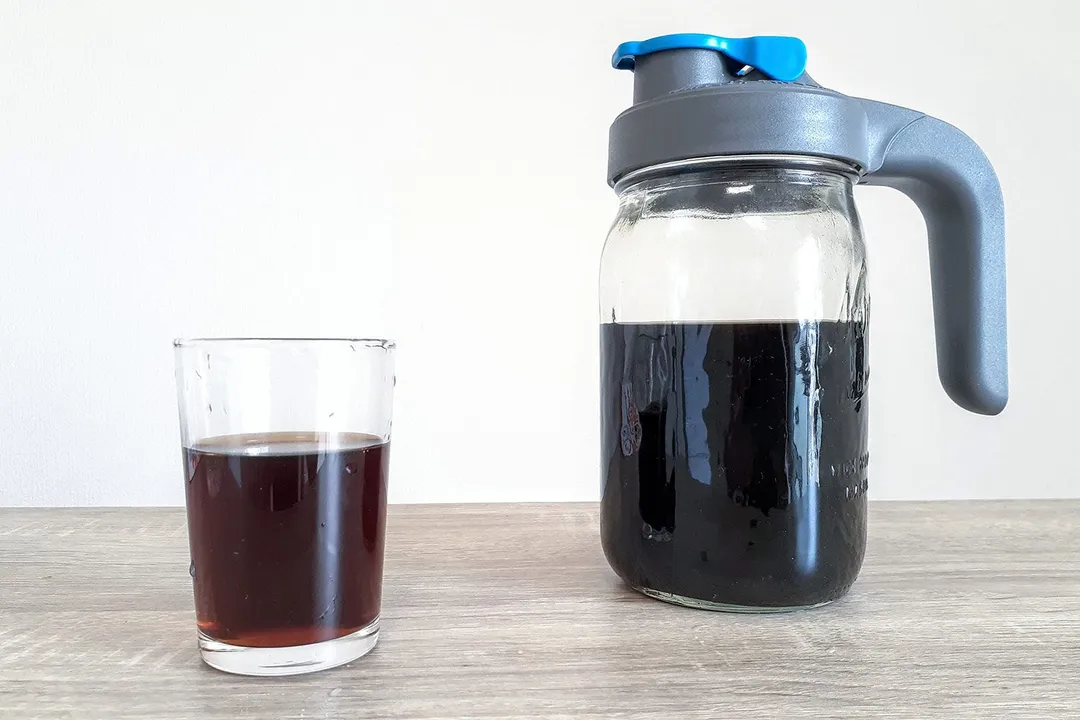
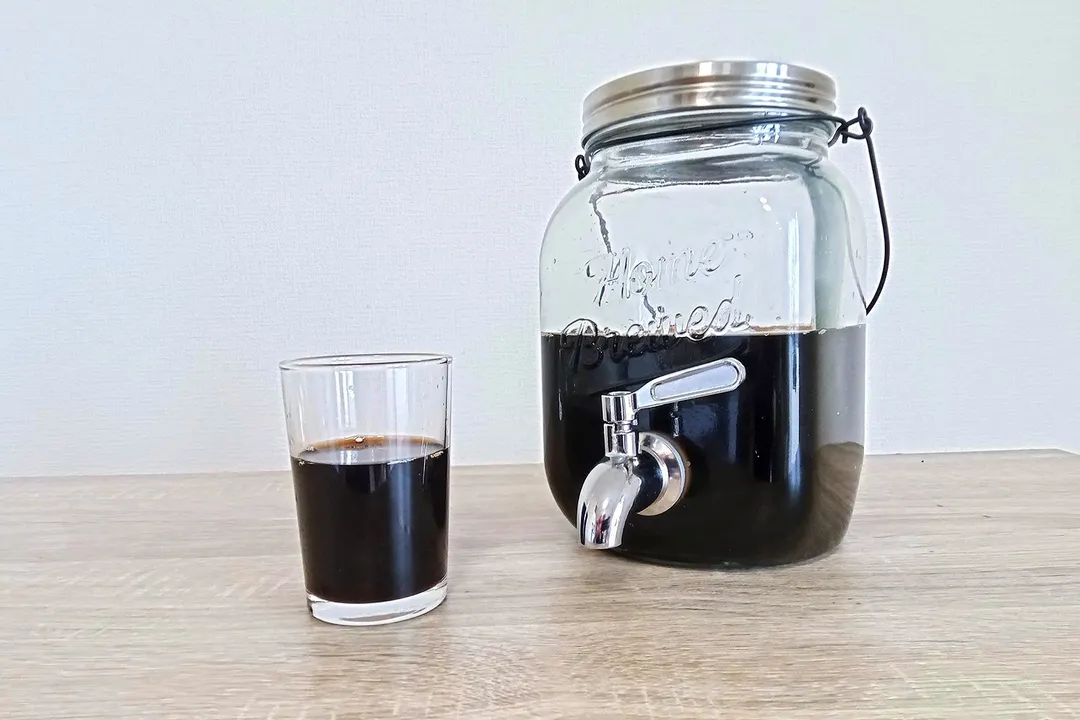
Sediment
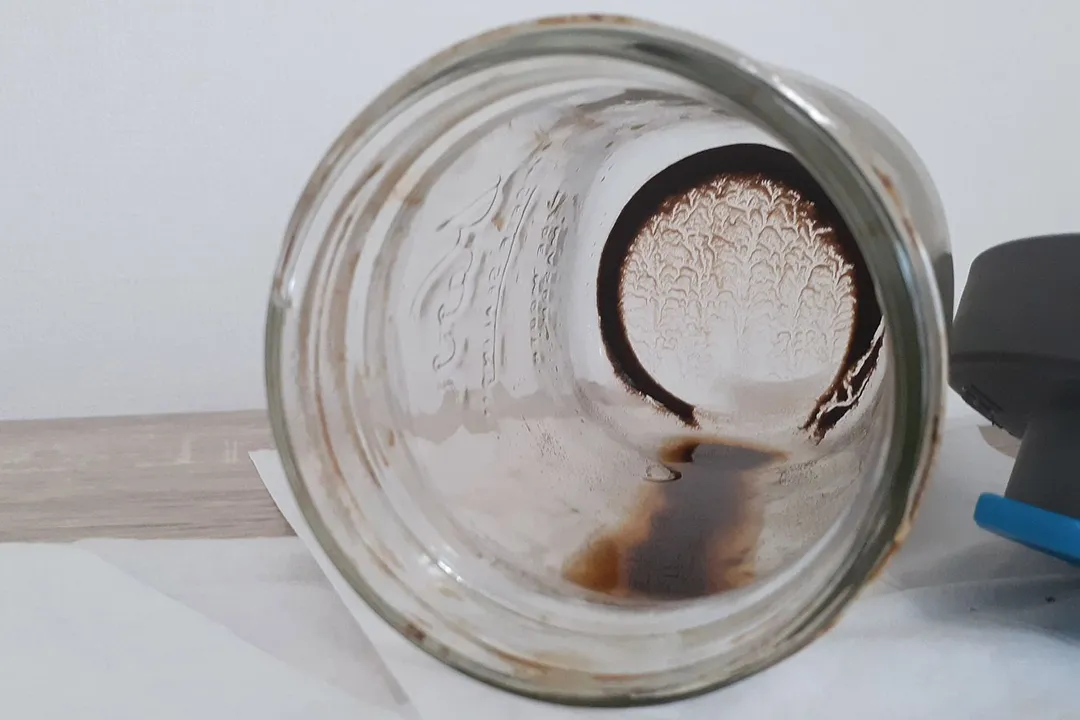
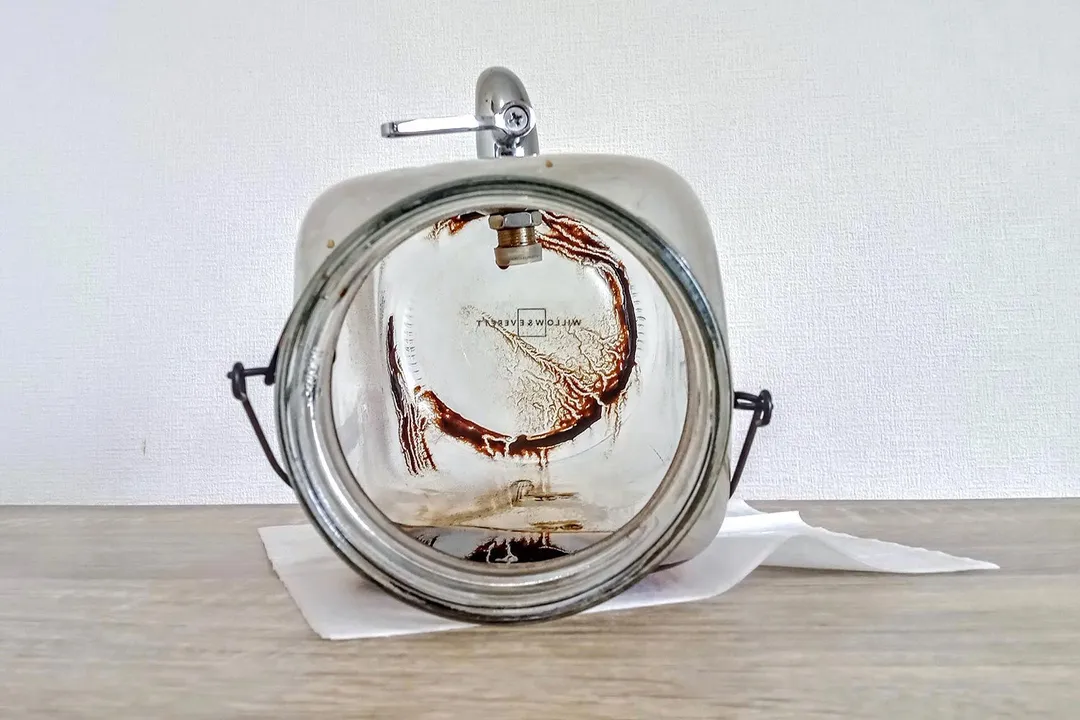
Design
In the Box


Decanter

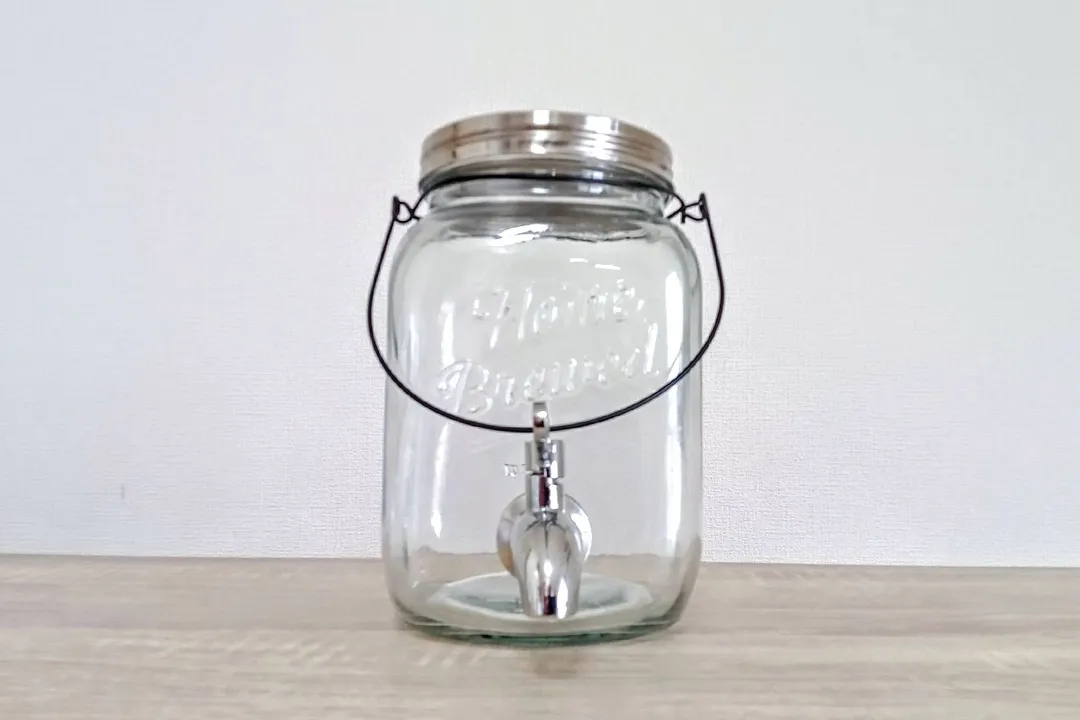
Stopper / Lid
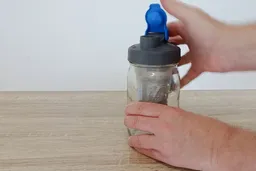
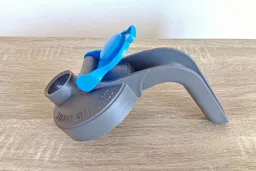


Filter
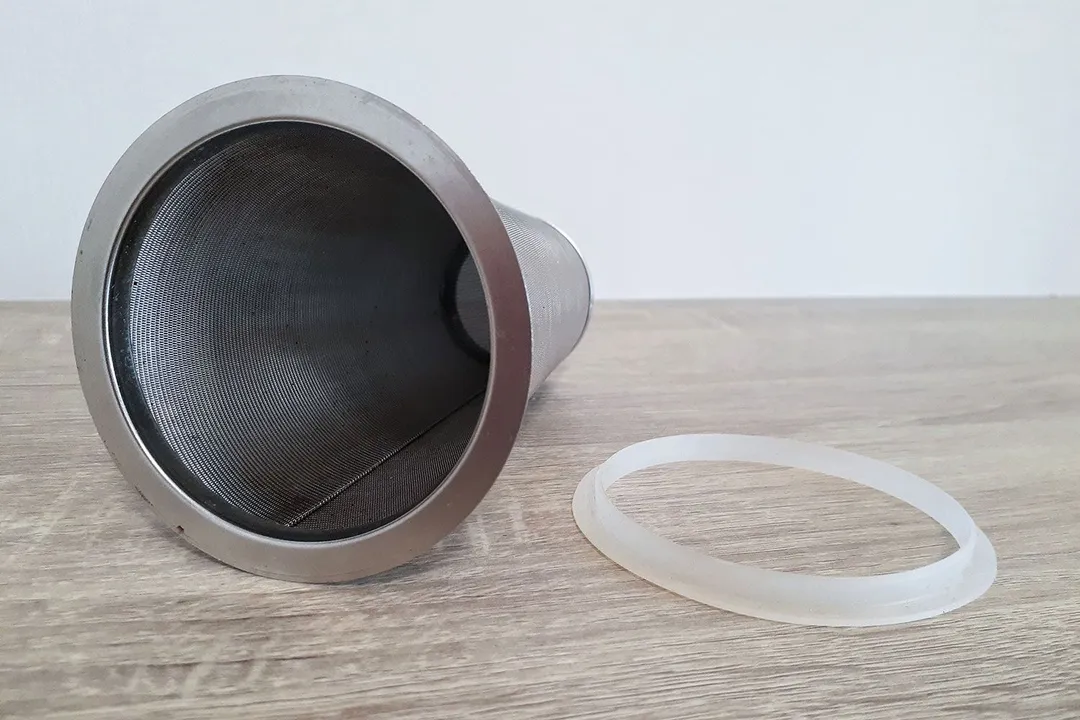



Build Quality
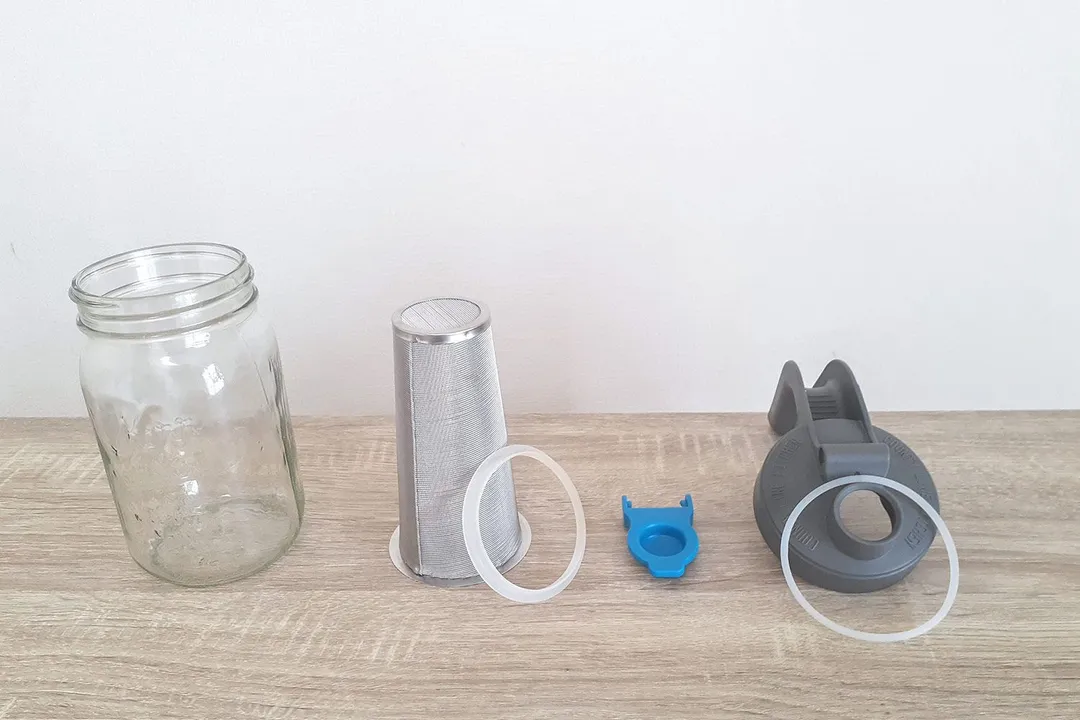

Usability
Brewing

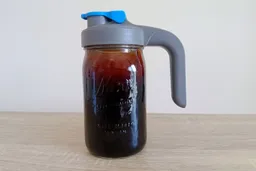
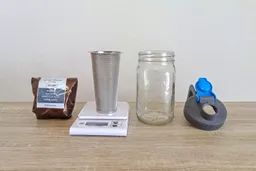

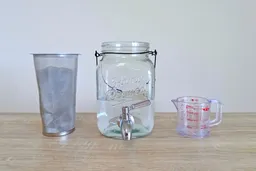

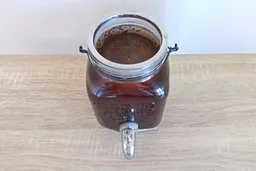
Decanting
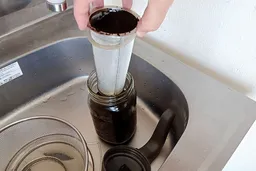
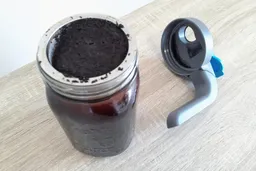
Cleaning and Storage
Behind the Comparison
Roger Shitaki is a writer, author, and editor. His niches are household appliances, health & wellness, and travel. He’s a freelance contributor to a Tokyo lifestyle website and a leading ophthalmology magazine in Asia.

